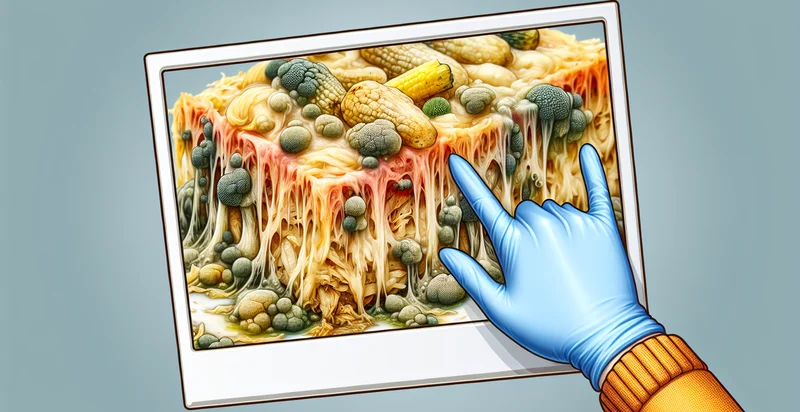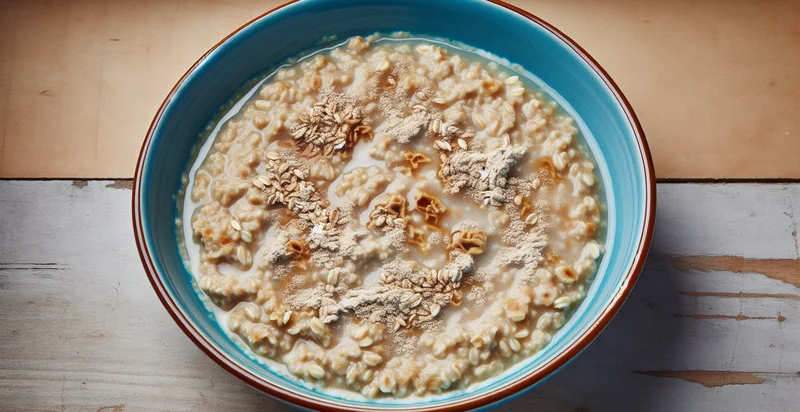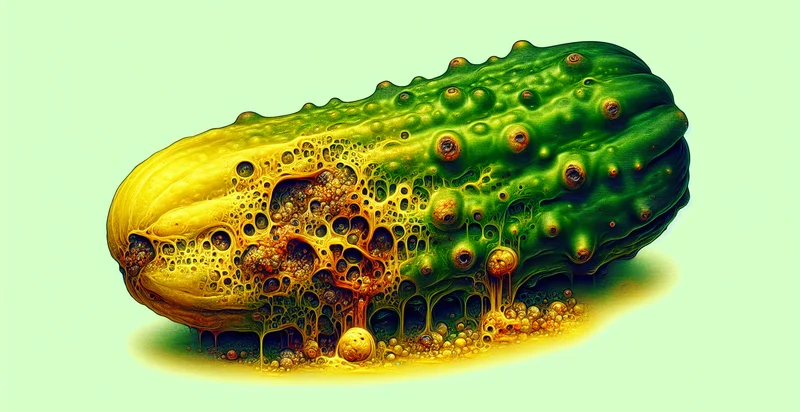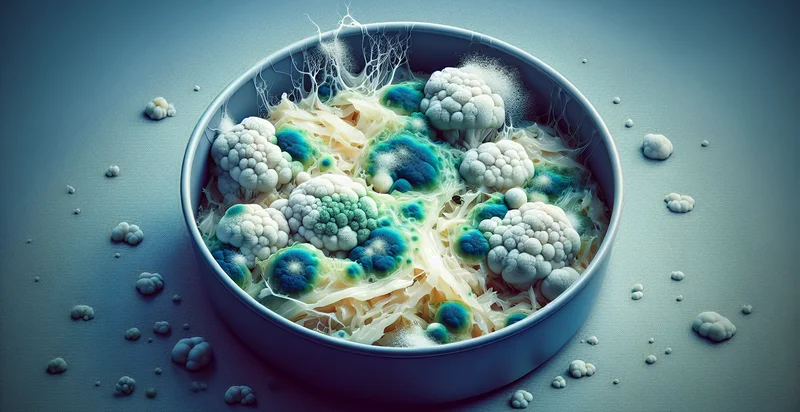Identify if sauerkraut is rotten
using AI
Below is a free classifier to identify if sauerkraut is rotten. Just upload your image, and our AI will predict if sauerkraut is rotten - in just seconds.

Contact us for API access
Or, use Nyckel to build highly-accurate custom classifiers in just minutes. No PhD required.
Get started
import nyckel
credentials = nyckel.Credentials("YOUR_CLIENT_ID", "YOUR_CLIENT_SECRET")
nyckel.invoke("if-sauerkraut-is-rotten", "your_image_url", credentials)
fetch('https://www.nyckel.com/v1/functions/if-sauerkraut-is-rotten/invoke', {
method: 'POST',
headers: {
'Authorization': 'Bearer ' + 'YOUR_BEARER_TOKEN',
'Content-Type': 'application/json',
},
body: JSON.stringify(
{"data": "your_image_url"}
)
})
.then(response => response.json())
.then(data => console.log(data));
curl -X POST \
-H "Content-Type: application/json" \
-H "Authorization: Bearer YOUR_BEARER_TOKEN" \
-d '{"data": "your_image_url"}' \
https://www.nyckel.com/v1/functions/if-sauerkraut-is-rotten/invoke
How this classifier works
To start, upload your image. Our AI tool will then predict if sauerkraut is rotten.
This pretrained image model uses a Nyckel-created dataset and has 2 labels, including Fresh Sauerkraut and Rotten Sauerkraut.
We'll also show a confidence score (the higher the number, the more confident the AI model is around if sauerkraut is rotten).
Whether you're just curious or building if sauerkraut is rotten detection into your application, we hope our classifier proves helpful.
Related Classifiers
Need to identify if sauerkraut is rotten at scale?
Get API or Zapier access to this classifier for free. It's perfect for:
- Quality Control in Food Production: This function can be implemented in food production facilities to automate the screening process for sauerkraut. By identifying whether the sauerkraut is rotten or not, manufacturers can ensure only high-quality products are packaged and shipped, reducing waste and improving customer satisfaction.
- Retail Inventory Management: Grocery stores can utilize this classification function to assess the quality of sauerkraut on their shelves. By identifying rotten products in real-time, retailers can take immediate action to remove unsellable items, ensuring better inventory turnover and fresher offerings for customers.
- Home Kitchen Monitoring: Smart kitchen appliances could integrate this identification function to help consumers monitor the freshness of their sauerkraut stored at home. Instead of relying solely on expiration dates, users would receive notifications when their product shows signs of spoilage, promoting food safety and reducing waste.
- Food Donation Programs: Non-profit organizations involved in food redistribution can employ this function to assess donated sauerkraut. By quickly identifying rotten products, these organizations can streamline their sorting processes, ensuring that only safe, fresh food reaches those in need.
- Restaurant Supply Chain Management: Restaurants could leverage this classifier to monitor the quality of sauerkraut received from suppliers. By ensuring that only fresh ingredients are used in their dishes, they can maintain high food quality standards and enhance customer trust and satisfaction.
- Research and Development: Food scientists and researchers can use this classification function to study spoilage patterns in fermented foods like sauerkraut. The data gathered could lead to improved preservation techniques or new product formulations that extend shelf life, benefiting the food industry as a whole.
- Consumer Mobile Applications: Develop consumer-facing mobile apps that include an imaging feature for users to check their sauerkraut's freshness. This app could help users make informed decisions about food safety, leading to reduced foodborne illnesses and promoting better practices in food home storage.


